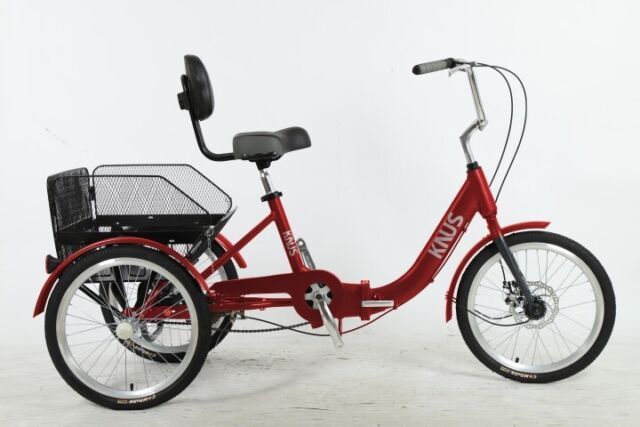The future of adult tricycles is not just a simple evolution of a traditional design; it is a revolution in transportation that is poised to redefine how we move around urban and suburban spaces. As cities grow more crowded and concerns about environmental impact intensify, the demand for efficient, sustainable, and versatile modes of transportation continues to rise. Adult tricycles, once seen as a niche option for specific demographics, are now at the forefront of this transportation revolution, offering a compelling solution to many of today’s mobility challenges. One of the key aspects driving this revolution is the innovative design and engineering of modern adult tricycles. Gone are the days of clunky, cumbersome trikes that were difficult to maneuver and limited in functionality. Today’s adult tricycles are sleek, lightweight, and packed with advanced features that enhance both performance and comfort. From electric-assist motors that make pedaling effortless to adjustable seating positions that cater to various body types, these tricycles are designed with the user in mind.

Furthermore, the materials used in manufacturing have also evolved, incorporating lightweight yet durable alloys and composites that contribute to enhanced agility and longevity. These advancements in design and materials have transformed adult tricycles into sophisticated machines that offer a smooth, stable ride even in challenging terrain or weather conditions. The integration of technology is another driving force behind the future of adult tricycles. Smart features such as GPS navigation, integrated lighting systems, and connectivity with mobile devices are becoming standard, enhancing safety and convenience for riders. Imagine a tricycle that can automatically adjust its speed based on traffic conditions or provide real-time weather updates to help you plan your route—these are the possibilities that technology is unlocking for the future of urban mobility.
Beyond individual use, adult tricycles are also playing a significant role in addressing broader societal issues. With a focus on sustainability, many manufacturers are exploring eco-friendly materials and manufacturing processes, and promoting the use of renewable energy sources like solar power for charging electric tricycles. This eco-conscious approach not only reduces carbon emissions but also fosters a culture of responsible consumption and environmental stewardship. Moreover, the versatility of adult tricycles makes them suitable for a wide range of applications beyond personal transportation. They can be adapted for cargo delivery, last-mile logistics, and even recreational purposes, contributing to more efficient and resilient urban infrastructure. As cities continue to evolve and adapt to the challenges of the 21st century, electric tricycle are poised to become indispensable components of the urban mobility ecosystem. the future of adult tricycles is bright and promising, driven by innovation, technology, and a commitment to sustainability. These vehicles are not just modes of transportation; they are symbols of a transformative shift towards a more efficient, accessible, and environmentally conscious urban landscape.
